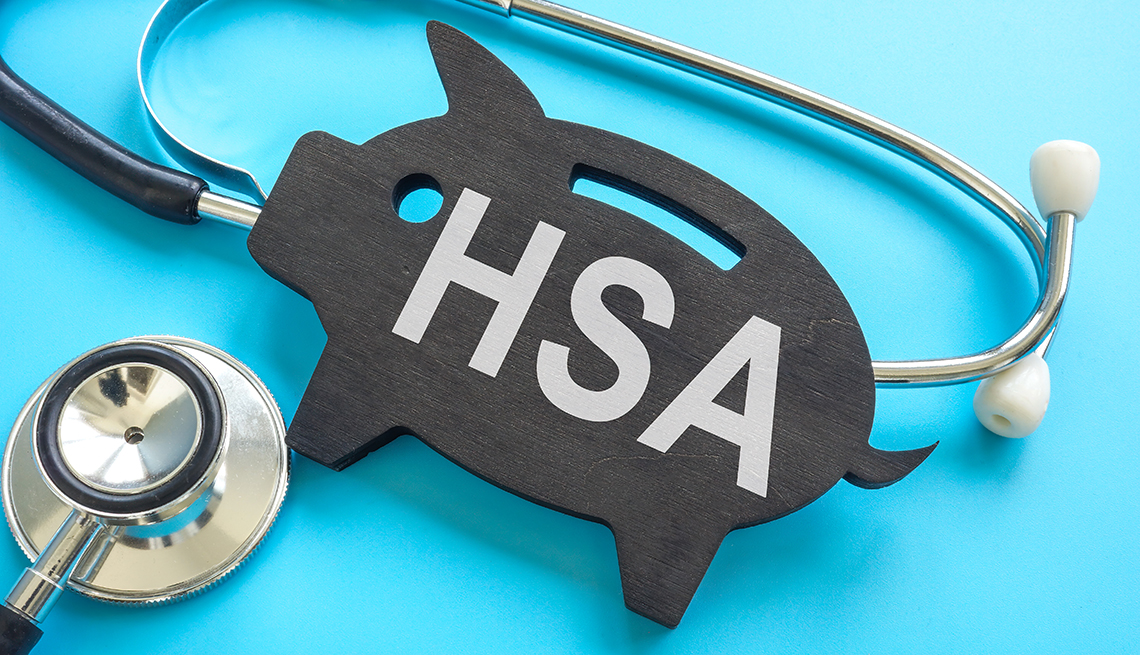Introduction
As the year draws to a close, one financial strategy that often gets overlooked is maximizing contributions to a Health Savings Account (HSA). HSAs offer a unique opportunity to save for medical expenses while providing tax advantages that can significantly benefit individuals and families. Understanding the mechanics of HSAs and their benefits can be crucial in making informed decisions about maximizing contributions before the year concludes.
Understanding Health Savings Accounts (HSAs)
HSAs are tax-advantaged savings accounts designed to help individuals cover qualified medical expenses. To be eligible for an HSA, one must be enrolled in a high-deductible health plan (HDHP). Contributions to an HSA are tax-deductible, grow tax-free, and withdrawals for qualified medical expenses are also tax-free.
Benefits of Maximizing HSA Contributions
Tax Deductibility
Contributions made to an HSA are tax-deductible, meaning they reduce your taxable income for the year. For instance, if you contribute $3,000 to your HSA and your taxable income is $50,000, your taxable income would be reduced to $47,000.
Tax-Free Growth
The funds within an HSA grow tax-free, allowing your savings to accumulate and compound over time. This can be particularly advantageous if you do not immediately need the funds for medical expenses, allowing your contributions to grow for future use.
Triple Tax Benefits
HSAs offer a triple tax benefit: tax-deductible contributions, tax-free growth, and tax-free withdrawals for qualified medical expenses. Few financial vehicles provide this level of tax advantages.

Maximizing Contributions Before Year-End
Contributing the maximum allowable amount to your HSA before the end of the year is a strategic move that can yield multiple financial benefits. As of 2023, the maximum annual contribution limit for an individual with self-only coverage is $3,650 and for family coverage, it’s $7,300.
Tax Savings
By maximizing contributions, you can significantly reduce your taxable income for the year. This can lead to lower tax liabilities, potentially placing you in a lower tax bracket and resulting in substantial savings come tax season.
Enhanced Financial Preparedness
Increasing your HSA contributions bolsters your financial preparedness for future medical expenses. With healthcare costs on the rise, having a well-funded HSA can serve as a safety net for unexpected medical bills, ensuring you’re financially equipped to handle health-related costs without tapping into other savings or going into debt.
Long-Term Savings Growth
Maximizing contributions early allows your funds more time to grow and compound tax-free. Even if you don’t use the funds immediately for medical expenses, they continue to accumulate, potentially becoming a valuable resource for healthcare costs during retirement.
Considerations and Strategies
Employer Contributions
Some employers offer contributions to their employees’ HSAs. If your employer provides this benefit, take advantage of it. These contributions can complement your own, helping you reach the maximum allowable limit more quickly.
Catch-Up Contributions
Individuals aged 55 and older can make additional catch-up contributions to their HSAs. As of 2023, individuals can contribute an extra $1,000 annually. Leveraging this option can further bolster your HSA savings.
Investment Opportunities
Many HSAs allow for investment options once a certain threshold is reached. Consider exploring these investment opportunities within your HSA to potentially increase the growth of your contributions.

Conclusion
Maximizing contributions to your Health Savings Account before the year ends is a smart financial move. Not only does it offer immediate tax benefits by reducing taxable income, but it also provides a financial cushion for future medical expenses. The triple tax advantages of HSAs, coupled with their potential for long-term growth, make them a valuable tool for individuals and families looking to manage healthcare costs while maximizing their savings. Remember to consult with a financial advisor or tax professional to understand how HSAs fit into your overall financial plan and to ensure compliance with IRS regulations regarding contributions and withdrawals. By taking advantage of the benefits an HSA offers and maximizing contributions, you can set yourself on a path towards greater financial security and preparedness for healthcare expenses.




